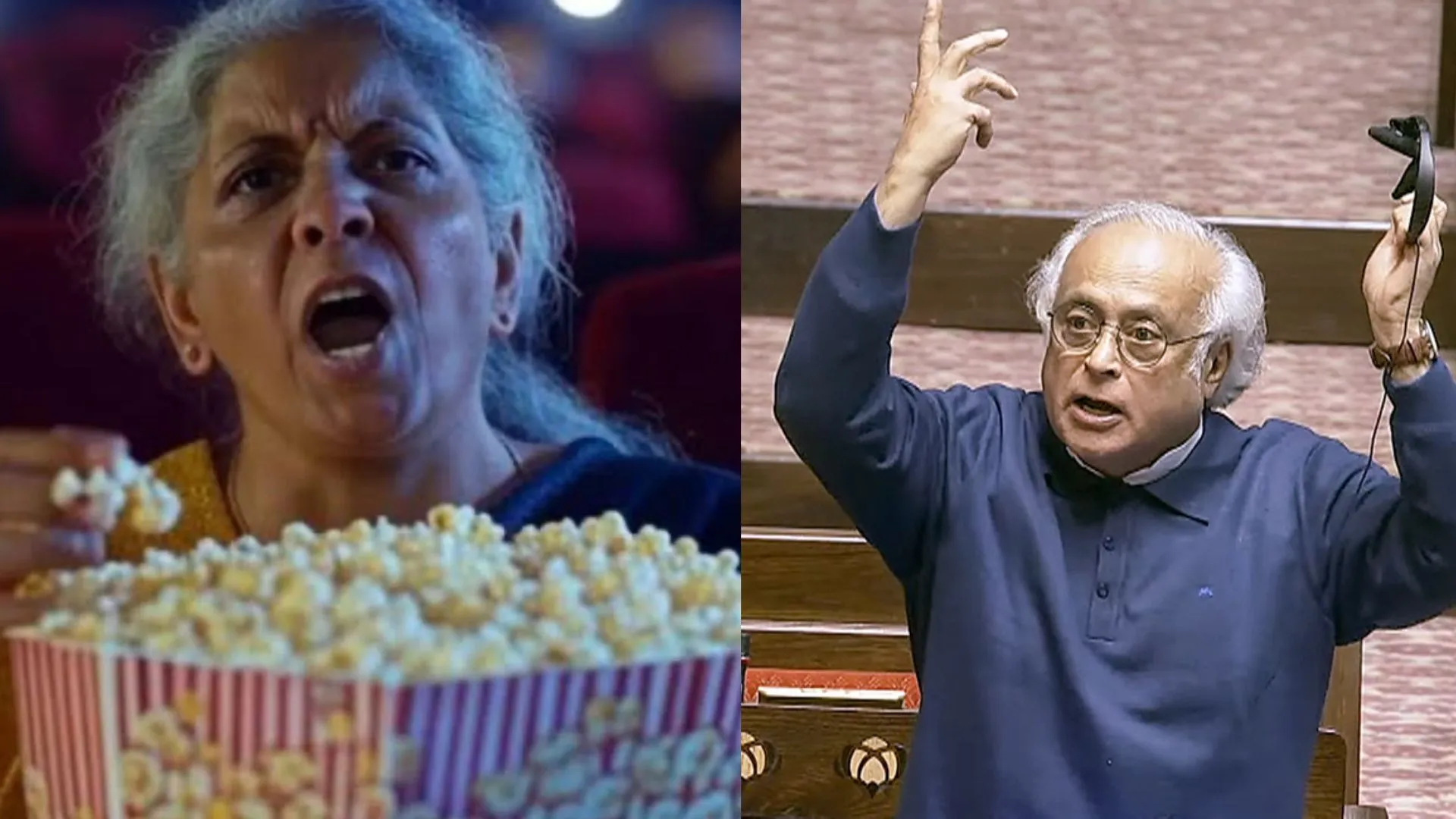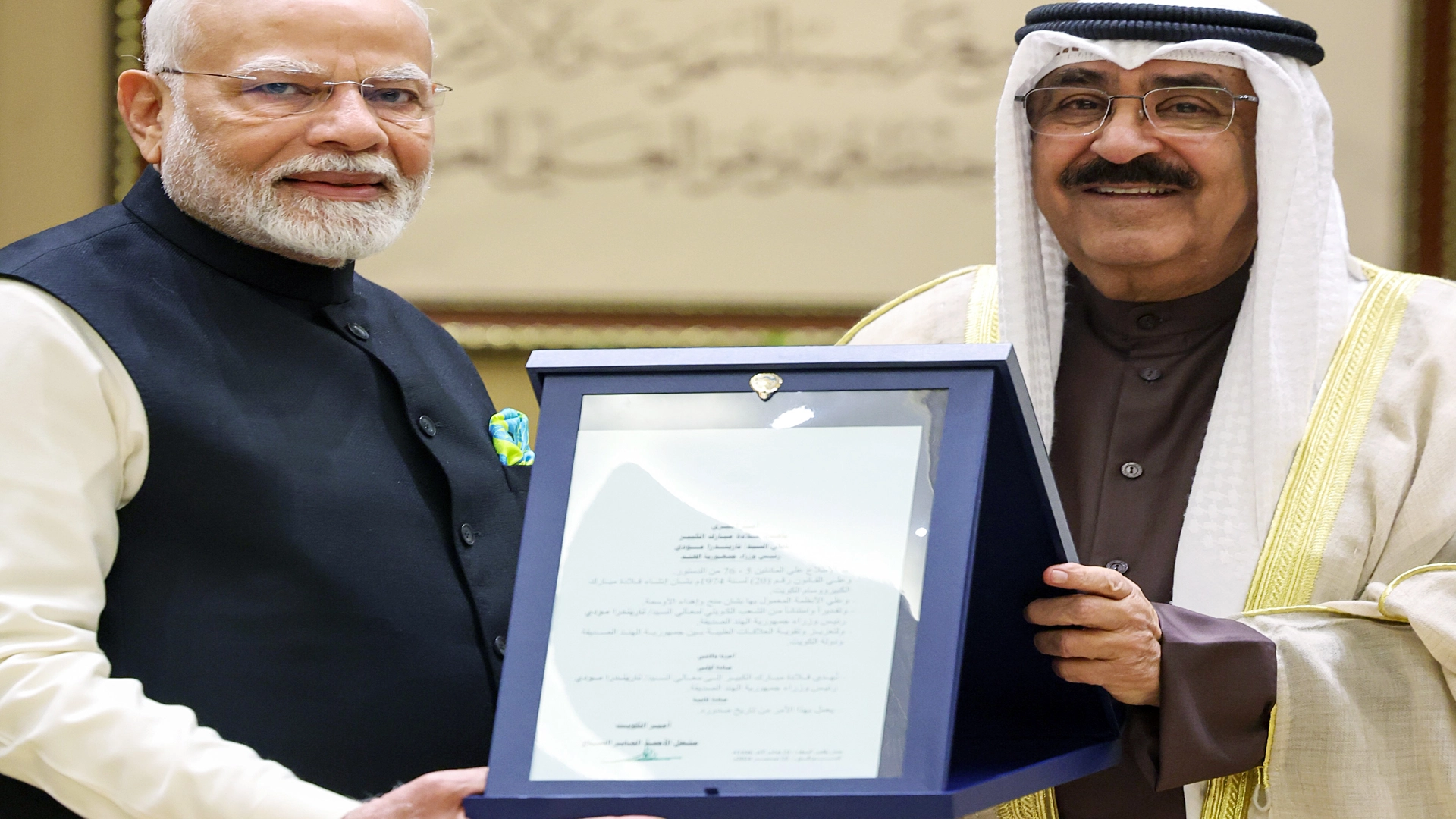As the number of total Coronavirus cases in India has surged past 50 lakh, making it the second worst affected country in the world, the Election Commission team has returned from initial inspections in Bihar, and are likely to announce the dates of the state election any day. The Election Commission has announced fresh guidelines for holding elections. With revised instructions of mandatory temperature checks, masks, gloves, caps on the number of voters in each polling booth, the state of Bihar is gearing up to vote in the middle of the Coronavirus pandemic.
The 2020 state elections in Bihar will be historic and it remains to be seen whether, despite EC guidelines, voters will feel comfortable enough to turn out to exercise their franchise as Coronavirus cases in Bihar continue to rise. As we are weeks away from the elections, in our first article in this series we have a look at the political history of Bihar over the years, including the rise of two regional satraps on the national stage: Lalu Prasad Yadav and Nitish Kumar.
Since the 1990s, politics in Bihar has been dominated by regional political parties, namely the Janata Dal (United), and Rashtriya Janata Dal. There was a huge shift in Bihari politics in the 1980s, with a rise of the OBC castes such as Yadav, Kurmi and Koeri replacing those belonging to the upper castes in politics. This culminated in the victory of Lalu Prasad Yadav, a student leader from Patna University, as the Chief Minister of Bihar in 1990.
1990-1995: LALU STORMS TO POWER
The Janata Dal, a new party swept the elections to win the highest number of seats and vote share, winning 122 seats and 25.61 per cent respectively, in the 1990 elections. Lalu Prasad Yadav became the Chief Minister of Bihar, defeating Ram Sundar Das, a former chief minister from the Janata Party by a slender margin.
To win the election, Lalu relied on the OBC vote and Muslim vote in Bihar, which had traditionally supported the Congress. He successfully won the OBC vote by championing a ‘social justice’ platform which promised to give jobs to the OBC castes (particularly the Yadavs). This issue became fraught particularly with Lalu’s support for the Mandal commission which outlines specific reservations for the OBC castes. Lalu successfully positioned himself as a leader for the lower castes in a state where politics for the longest time had been dominated by those in the upper class, led by the Indian National Congress. The INC had been in power in Bihar for a long time and in the 1990 election lost a mammoth 125 seats.
Lalu further positioned himself to appease Muslim voters, who had again been formerly supportive of the INC. Using the Bhagalpur Hindu-Muslim riots, which led to the death of over 1000 people, as a core issue, Lalu made the case that the INC did not serve the interests of Muslims and that he instead would be their true leader. In fact, this began to be known as the “MY” (Muslim Yadav) factor of the base of Lalu Yadav’s support in Bihar.
After coming to power, Lalu focused on his social justice project, aiming to give dignity to those from the backward castes even although his policies did not bring massive development to the state. He enacted several populist measures such as bringing ‘savarna’ schools to Dalit hamlets, restraining riots and violence against backward minorities. During his time, Lalu created narratives of defeating the upper caste as a leader of the lower castes which cemented his place within the lower castes who regarded him as a hero.
1995-2000: LALU LOSES HIS POWER TO THE FODDER SCAM
The 1995 election saw Lalu come back to power with the Janata Dal increasing its seat count to 147 and its vote share to 28%. However, this was soon followed by a raid on government offices in January 1996, which revealed a Rs 950-crore embezzlement scam. Now known as the fodder scam, the documents showed that under the Lalu government, large-scale state funds had been given to non-existent companies to buy animal feed. What started as a low-level embezzlement scheme soon started to turn towards high-level politicians and bureaucrats, eventually reaching Lalu himself. In June 1997, the CBI filed charges against Lalu who claimed to be innocent. He faced pressure from the Janata party to resign as Chief Minister, however, he instead decided to leave the Janata Party and form his own party called the Rashtriya Janata Dal (RJD).
However, due to the growing pressure on him, he resigned as Chief Minister in June 1997, only to have his wife, Rabri Devi become the Chief Minister. She won the vote of confidence in the legislature and became the Chief Minister of Bihar. Through his wife, Lalu continued to influence Bihar politics, although he was sidelined with the growing investigation.
2000-2005: LALU LOSES POWER
In the 2000 election, facing great opposition, the new RJD party won a reduced 124 seats, however, had a greater vote share of 28.34%. The result was enough for the RJD to come back into power, with Rabri Devi continuing as Chief Minister. The number of seats in Bihar was also reduced to 243 in 2000. However, the election of Rabri Devi as Chief Minister followed a period of absolute chaos in Bihar with constant violent skirmishes taking place in society. The upper castes who had been neglected by the Lalu and Rabri governments became frustrated and generated resentment against the lower castes.
Rabri Devi as Chief Minister was not able to deal with the violence and the situation continued to get worse. Termed ‘jungle raj’ this era of lawlessness in Bihar put the entire state into a state of complete chaos. There were daily reports of doctors, businessmen and women being kidnapped in broad daylight for ransom. Mohammad Shahabuddin, a mafia head and a close aide of Lalu, ran a strong network of gangsters and later contested from Siwan. Other crimes in the state were also at an all-time high with expensive goods such as cars raided and stolen constantly. This made investors particularly scared of investing in the state and setting up businesses, which hurt the state economically.
One of the major causes of violence was the lack of development in Bihar. Bihar under Lalu and Rabri Devi’s rule had failed to grow unlike the rest of the nation and this poor development had made people increasingly frustrated and turned towards violence to secure scarce resources. A further rise in crime under the leadership of Rabri Devi led to a further decline in development in the state. The state became a hotbed for corruption, poverty and violence. Voters themselves became disaffected.
2005-2010: RISE OF NITISH KUMAR
In the 2005 election in February, despite facing enormous opposition, the new RJD party won the highest number of seats and vote share, however, it was unable to secure a majority, forcing another election in October. The October election saw the tide turn against the RJD, with the Janata Dal (United) coming to power. The JDU won 88 seats compared to the RJD’s 54. However, the RJD still secured a higher vote share (23.45% to 29.46%). During these elections, for the first time, the Bharatiya Janata Party (BJP) also made inroads into Bihar, getting 55 seats, more than the RJD. Nitish Kumar, leader of the JDU, allied with the BJP and with the support of the two largest parties in the legislature is appointed as Chief Minister of Bihar.
Nitish Kumar was able to win the elections by positioning himself strongly against Lalu, advocating for interests of the other backward castes besides the Yadavs and for the forward castes. Moreover, he promised to remove the ‘identity’ politics that Lalu had brought and cemented in Bihar and replace it with a politics of development. After coming into power, Nitish Kumar worked towards removing the sense of lawlessness that prevailed in Bihar. The development strategy that Kumar pursued did also bear fruit with Bihar’s growth often outpacing that of other states in India, something that had mostly failed to happen in previous years. Moreover, his anti-violence measures were successful with figures from the National Crime Records Bureau data showing a reduction in crime in Bihar.
2010-2015: NITISH KUMAR CONTINUES
The JDU came into the 2010 elections as favourites and came out with the highest number of seats (115) collecting 22.58% of the vote. However, the JDU faced competition from the BJP which continued its rise in Bihar and secured 91 seats. The JDU’s win in 2010 can be attributed to a great development-caste strategy. Nitish Kumar while continuing to promote the development strategy, ensured he had support from different caste groups as well, which ensured a landslide victory for the JDU-BJP coalition.
During his second tenure, Nitish Kumar continued to pursue his development policies, with Bihar growing at over 10%, beating several other states and the national average in terms of growth. In fact, Developmental Economist Jean Dreze pointed out that the Bihar government was able to combat corruption effectively as well, with leakages from public investment coming down to 25% from over 75% in the Lalu days. This helped reduce poverty in the state, and the overall condition of health infrastructure and education improved significantly. Kumar’s policies such as giving bicycles to young girls, allowing them to get to school proved to be highly successful.
While on the policy front, Kumar continued to do well, there emerged a rift in the BJP-JDU alliance in 2013, when Nitish Kumar did not support Narendra Modi’s candidature for Prime Minister in the 2014 elections. This wrecked the BJP and JDU’s 17-year alliance. Consequently, the BJP and JDU alliance severed and when the JDU was swept by the BJP in the Bihar Lok Sabha elections, Nitish Kumar resigned as CM, with Jitan Ram Manjhi being sworn in. The BJP did conduct a floor test in 2014. However, the JDU by then had gotten the support of the RJD and through their support was able to continue to remain in power in Bihar.
2015-2020: THE MAHAGATHBANDHAN
For the 2015 election, a mahagathbandhan or grand alliance was announced between the RJD, INC and JDU, who would contest the BJP in the Bihar elections with Nitish Kumar as the proposed CM candidate. The alliance was very successful winning 178 seats of 243. However, the BJP had the highest vote share with 24.42% which gave it only 53 seats. The election saw Nitish Kumar coming back to power as the CM of Bihar. Subsequently, in April 2016, Kumar also declared Bihar a dry State while imposing total prohibition on the sale and consumption of liquor, securing him great favorability with women.
However, in 2017 internal divisions caused Nitish Kumar to lead the JDU out of the alliance and instead ally with the BJP to secure power in Bihar. The reason behind this split was the internal division within the alliance with Lalu continuing to wield power and new corruption charges being levied against Lalu and the RJD. Seeing the RJD as a sinking ship, Kumar decided to flip sides and join hands with friend-turned-foe BJP, a move which came about in 14 hours, and ensured Kumar continued to be the CM of Bihar.
However, despite being popular in the state, Kumar faces opposition going into the 2020 elections, with the alliance between the BJP and JDU being fragile. The political landscape remains unpredictable as voters in the state are preparing to vote in the first elections to be held in the middle of the Coronavirus pandemic. In next week’s column we will breakdown the caste-wise voting dynamics in the state and the changes in voting patterns and party loyalties.
With inputs from Devang Laddha, Meher Manga and Arpita Wadhwa







